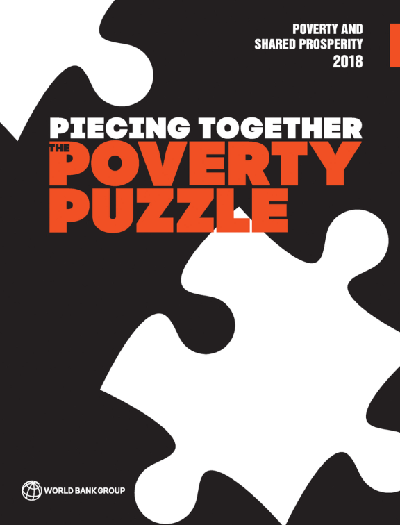



收藏
纠错
随着国家日益富裕,对基本需求的定义也在改变。实现生活的基本功能,在某些国家可能需要比其他国家更多的商品。社会贫困线确保各国在每个社会实现相同的生活基本功能方面的平等。
2018年贫困与共享繁荣:拼出贫困的拼图 Foreword Five years ago, the World Bark Group set twvo overarching goals: to end extreme poverty by 2030, and to promote shared prosperity by boosting the incomes of the bottom 40 percent of the population in each country. As this year's Poverty and Shared Prosperity report documents, the world continues to make progress toward eliminating poverty. In 2015, approximately one-tenth of the world's population lived in extreme poverty- -the lowest poverty rate in recorded history. This is an impressive achievement, considering that in 1990, more than a third of people on earth lived in extreme poverty. Since we last reported on global poverty two years ago, the number of poor has diminished by 68 million. But we cannot take success for granted. Poverty is on the rise in several countries in Sub- Saharan Africa, as well as in fragile and conflict-affected situations. In many countries, the bottom 40 percent of the population is getting left behind; in some countries, the living standard of the poorest 40 percent is actually declining. To reach our goal of bringing extreme poverty below 3 percent by 2030, the world's poorest countries must grow at a rate that far surpasses their historical experience. 【更多详情,请下载:2018年贫困与共享繁荣:拼出贫困的拼图】
